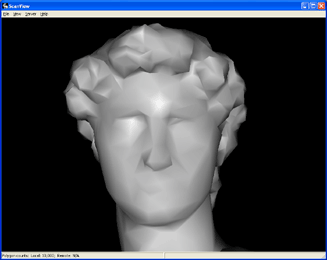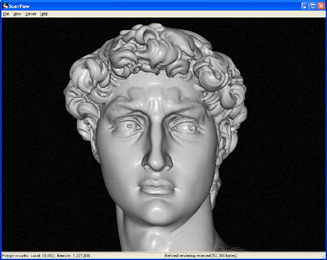Dieser Beitrag zeigt gut die Unterschiede und Merkmale von BDRF´s
http://www.shlyaev.com/rnd/37-cpp-category/54-ggx
GGX Shader for Vray
Ggx is a microfacet model which is very successful for modeling light reflection from surfaces.
In other words it’s a shader like Blinn but 10x more awesome.
Ggx is based on distribution model from Trowbridge and Reitz.
This microfacet model [TR75, WMLT07] has a sharper peak and larger tails than Blinn or Phong.
For more details on ggx math please refer to original paper „Microfacet Models for Refraction through Rough Surfaces“ by Bruce Walter et al.
As of Vray 3 GGX is now included into standard distribution. You can find it in „Reflection“ section of VrayMtl. No plugin purchase is needed.
Specular highlights comparison

Ggx and Blinn shaders applied to a sphere illuminated with hdr map.
See how ggx maintains highlights shape and has much more details for blurred reflections.

Ggx vs. Blinn on a lower glossiness value. Images clickable.
It is physically correct shader with importance sampling.
Anisotropic support is in progress.

Render with ggx shader applied to complex model illuminated by hdr map.

Closeup comparison of blinn vs. ggx. Notice how ggx has much more details.

Rendertimes:
01 min 37 sec for Blinn vs. 01 min 52 sec for Ggx with half-size render and preview quality.
10 min 24 sec for Blinn vs. 12 min 05 sec for Ggx with full size 1920×1080 render and 1 16 DMC samples.
Complex gold material done with ggx.

Plugin interface.

It comes as BRDF plugin for VRay with plugin for Maya at a very reasonable price.
3dsmax version is also available.

Ggx is a BRDF(bidirectional reflectance distribution function). This means it describes only how surface reflects the light
and does not describe e.g. refraction component.
When bump is needed, VrayBumpMaterial is used with ggx as base shader.
For other components like diffuse, refraction etc, it is used in conjunction with VrayBlend material.
As of Vray 3 GGX is now included into standard distribution. You can find it in „Reflection“ section of VrayMtl. No plugin purchase is needed.
3d test models are from:









